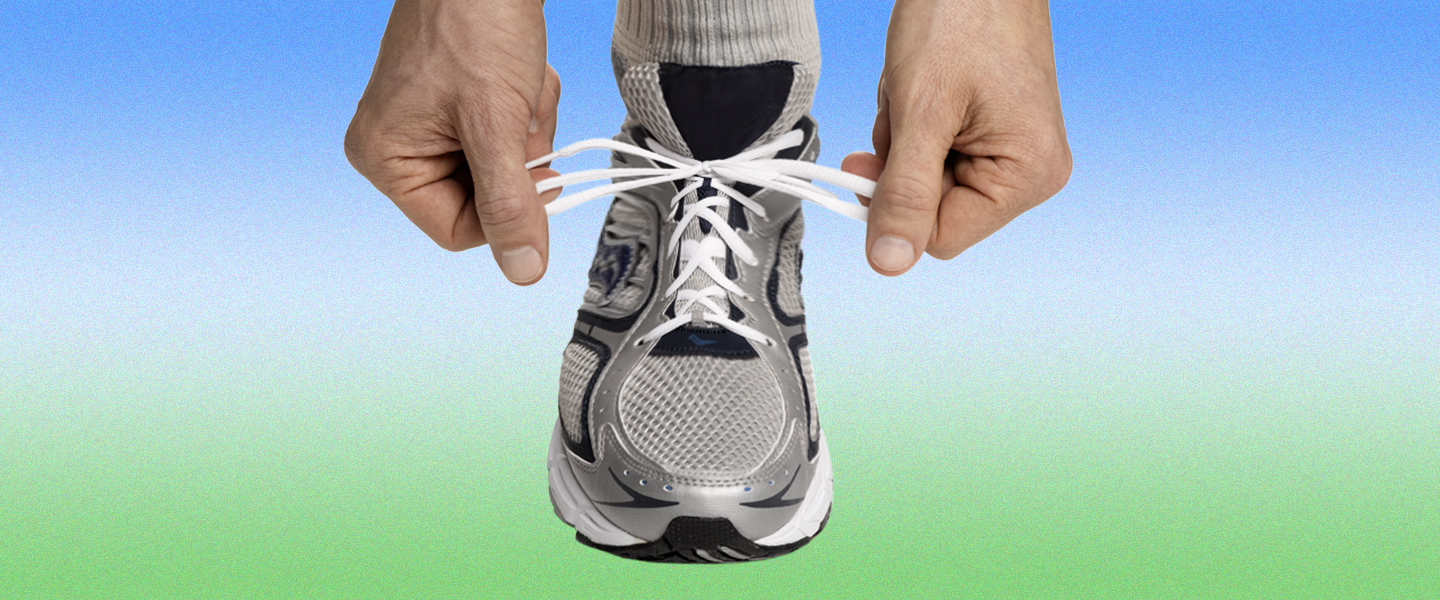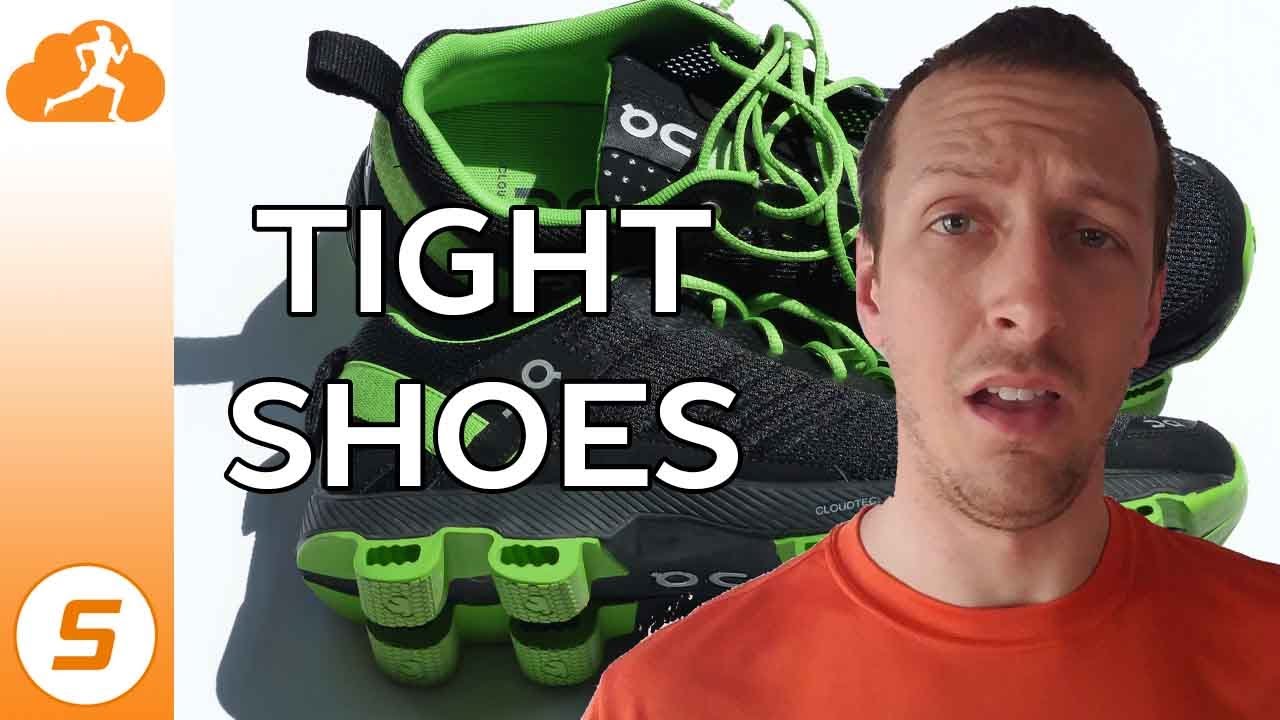Choosing the right running shoes can be a game changer for performance and comfort. With countless brands, styles, and fitting options, many runners often find themselves asking one simple question: should running shoes be tight or loose? In this comprehensive guide, we will explore the nuances of shoe fit, review popular shoe brands, and provide expert tips to help you find your perfect running partner.
Understanding Foot Anatomy and Running Dynamics
To appreciate the fit of running shoes, we need to first understand foot anatomy. The human foot has 26 bones, 33 joints, and over 100 muscles, tendons, and ligaments. Proper footwear plays a vital role in supporting these structures during the running motion.
The Importance of Fit in Running Shoes
A well-fitting shoe can help prevent injuries, enhance performance, and improve overall comfort. An ill-fitting shoe, on the other hand, can cause blisters, calluses, and even more severe injuries over time.

What Happens When Shoes Are Too Tight?
- Pain in toes and forefoot
- Increased risk of blisters and calluses
- Compressed nerves leading to conditions like Morton’s neuroma

What Happens When Shoes Are Too Loose?
- Lack of support and stability
- Increased risk of heel slipping, potentially causing blisters
- Poor energy transfer from foot to shoe

How to Determine the Right Fit for Running Shoes
Finding the right fit is crucial, and there are several methods runners can use to determine whether their shoes should be tight or loose.

Measuring Foot Size and Width
Start with an accurate measurement of your foot size and width. Tools like a Brannock device can be helpful for accurate measurement. Consider trying on shoes later in the day when your feet are slightly swollen to ensure you get an appropriate fit during your runs.

Consider the Type of Sock You Will Wear
When trying on shoes, wear the same type of socks you intend to use when running. This can significantly impact fit and comfort.

Using the Thumb Test
One common method to check for a proper fit is the “thumb test.” Place your thumb between your longest toe and the end of the shoe. You should have about half an inch of space for breathing room. This is particularly important for long-distance running.

Should You Size Up for Running Shoes?
Many runners wonder if they should size up from their regular shoe size. Here’s what you should consider:

Foot Swelling During Runs
During extended runs, your feet may swell. It’s often recommended to choose a pair of running shoes that are half a size larger than your regular street shoes to accommodate this swelling.
Style Impacts Fit Choices
Cushioned running shoes tend to have a roomier fit, while performance-oriented shoes may feel tighter. It’s essential to try on various styles to find what feels best for you.
Table: Comparison of Popular Running Shoe Brands
| Brand | Model | Fit Type | Best For | Price Range | Rating |
|---|---|---|---|---|---|
| Brooks | Ghost 14 | Neutral | Everyday running | $130 – $150 | 4.8/5 |
| Nike | Air Zoom Pegasus 39 | Snug | Speed and stability | $130 – $160 | 4.7/5 |
| Asics | Gel-Nimbus 24 | Roomy | Cushioned comfort | $150 – $190 | 4.6/5 |
Pros and Cons of Tight vs. Loose Running Shoes
Tight Running Shoes
- Pros: Better foot stability, reduced risk of blisters, and enhanced energy transfer.
- Cons: Potential for discomfort, painful pressure points, and restricted movement.
Loose Running Shoes
- Pros: Increased comfort, room for foot swelling, and better toe mobility.
- Cons: Poor foot support, increased risk of blisters, and instability during runs.
Real-world Footwear Experiences
Several runners have shared their experiences regarding shoe fit:
User Case Study: Sarah D.
“I used to wear shoes that were too tight, and I faced a lot of discomfort during my runs. Once I switched to a slightly looser fit, my running improved significantly, and I experienced far fewer blisters.”
User Case Study: Mike T.
“I thought going a size up was the answer, but it only made my heel slip. I found the best fit when I tried different models that offered more snugness without being too tight.”
Common Misconceptions About Running Shoe Fit
Myth: Running Shoes Should Always Be Tight
Many believe that tight shoes provide the best support. However, as discussed, tightness can lead to discomfort and injuries. It’s about finding a balance.
Myth: You Should Always Size Up in Running Shoes
While some may need a larger size, sizing up is not a hard and fast rule. Every runner is different, and trying on multiple sizes is crucial.
Tips for Choosing the Right Running Shoes
- Always try on shoes at the end of the day when your feet are at their largest.
- Wear appropriate socks during fitting sessions.
- Pay attention to brand sizes; different brands may have different sizing standards.
- Take your personal running style and terrain into account.
- Consider visiting a specialized running store for expert fitting advice.
FAQs about Running Shoe Fit
1. How tight should running shoes be?
Running shoes should fit snugly without causing pain. There should be about half an inch of space between your longest toe and the shoe’s end.
2. Can running shoes be too loose?
Yes, if running shoes are too loose, it can lead to instability, blisters, and less efficient energy transfer during your run.
3. Should I wear thick socks with running shoes?
It depends on personal preference and comfort. If opting for thicker socks, consider sizing up when trying on shoes.
4. What is the best way to break in new running shoes?
Gradually wear them for short distances to allow your feet to adjust before tackling longer runs.
5. Are expensive running shoes worth it?
Higher-priced shoes often offer advanced technology and materials, enhancing comfort and support, which can be worth the investment for serious runners.
6. How often should I replace my running shoes?
Most running shoes should be replaced every 300-500 miles depending on wear and tear.
7. What are the signs that I need new running shoes?
Signs include discomfort while running, visible wear on the outsole, or if your shoes no longer feel supportive.
Conclusion: Finding Your Perfect Fit
The perfect running shoe fit is subjective and varies for every runner. Understanding your foot type, running style, and comfort preferences are key to choosing tight or loose shoes. Experimenting with different brands and models will ultimately lead to discovering the running shoes that not only support your performance but also enhance your running experience.
For deeper insights into shoe fitting and care, you can visit Runner’s World. Happy running!